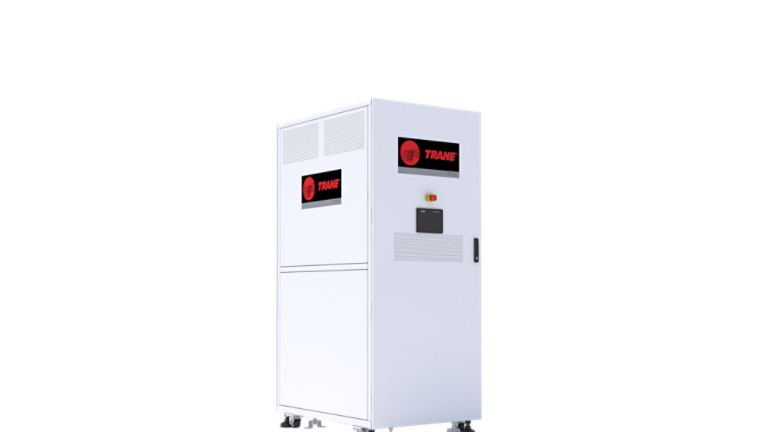Glossary
Coolant Distribution Unit (CDU)
Looking for a very efficient way to keep your data center cool? Learn how a coolant distribution unit (CDU) Trane works from the experts at Commercial HVAC.

Quick Facts
- Topics
- Data Centers

Selecting a language changes the language and content on the Trane site.
Trane ComfortSite is an extranet site designed to save you time. With your secure login, you can:
This is the login for Trane® Connect™ and other Trane® commercial applications. Trane® Connect™ is our secure, cloud-based customer portal to access your building systems to remotely monitor and manage building systems, and conduct routine maintenance.
Latin America
Europe
Asia Pacific
Glossary
Looking for a very efficient way to keep your data center cool? Learn how a coolant distribution unit (CDU) Trane works from the experts at Commercial HVAC.

Quick Facts

A coolant distribution unit (CDU) is a key component in data center liquid cooling systems. It is responsible for managing and circulating the coolant to maintain optimal server temperatures and ensure efficient, reliable operation.
Coolant distribution units act as central control points for liquid coolant, pumping from a central supply to racks (and backs) of IT equipment. The equipment in data centers generates a significant amount of heat and requires a constant source of cooling to minimize the risk of overheating. Here is a breakdown of how this cooling system for data centers works:
You may hear about direct-to-chip liquid cooling, which uses specially designed plates (“cold plates”) that sit on top of the chips (like CPUs or GPUs). The liquid coolant flows through these plates, absorbing heat directly from the hardware.
In the world of hyperscale and colocation data centers, energy efficiency and reliability are the keys to improving their sustainability. Large data centers using inefficient air-cooled systems tax the power grid and suffer from less precise control over the temperature within the racks. Direct-to-chip liquid cooling is optimized for high-density data centers and ensures efficient heat transfer directly from the IT racks. Other benefits include:
Resources for Coolant Distribution Units
If you're interested in learning how coolant distribution units can make your data center a more efficient, more sustainable operation, contact your local Trane expert today.
